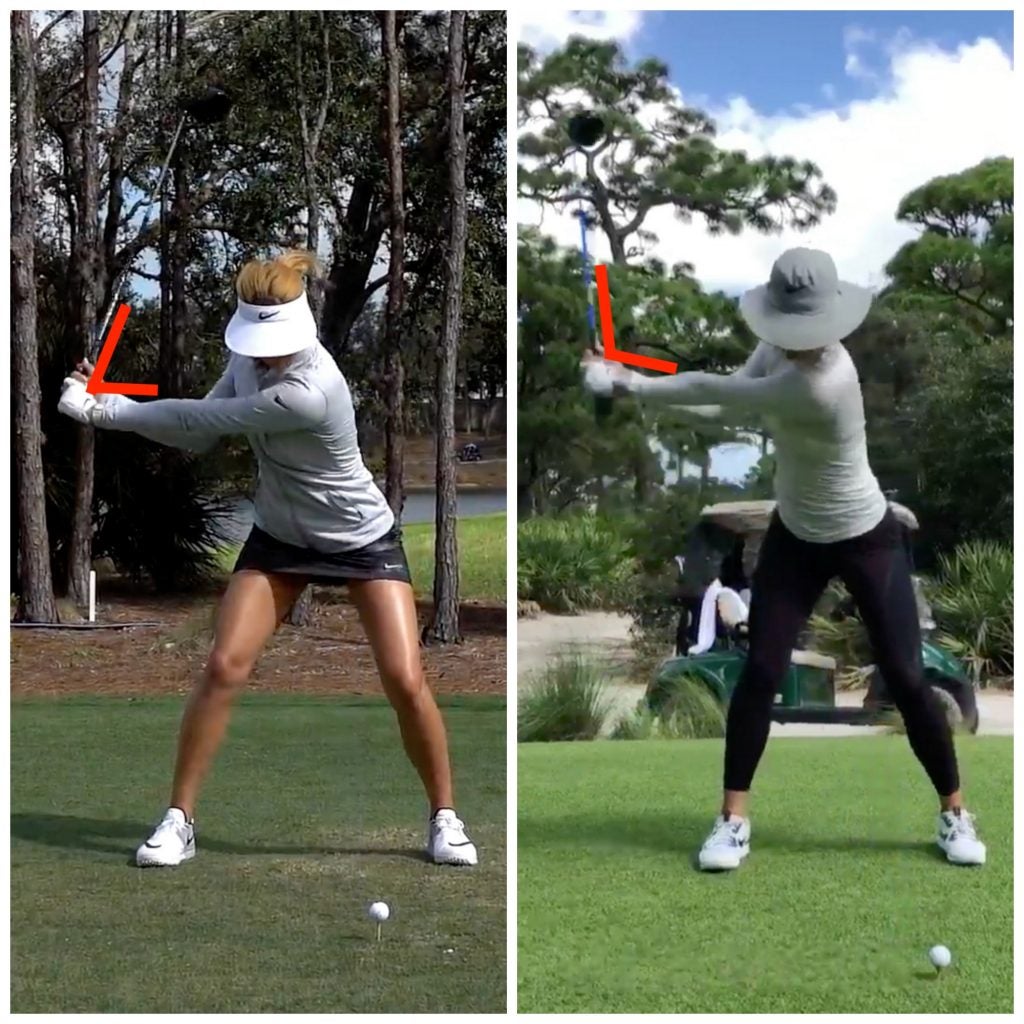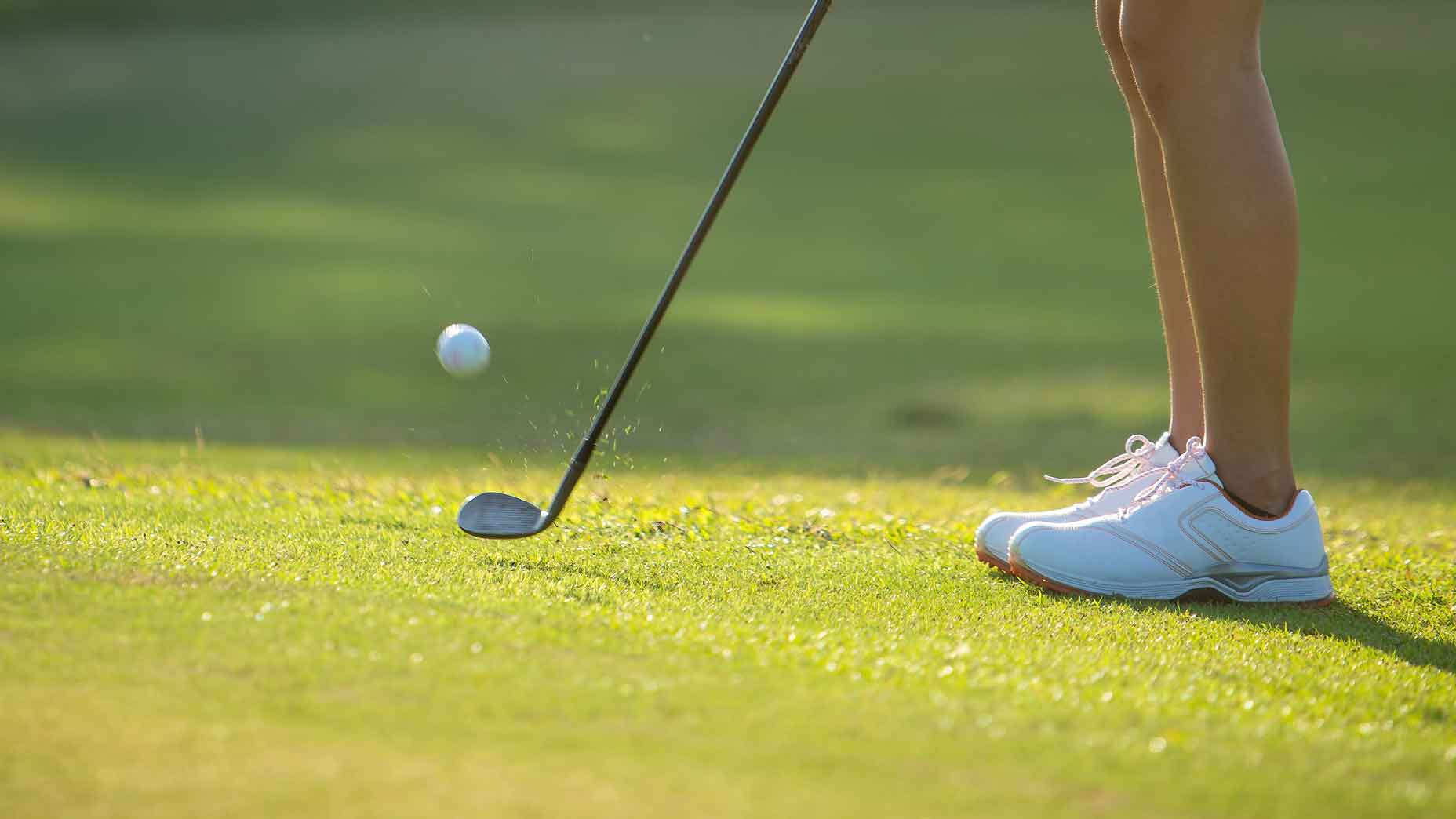A new day, a new Michelle Wie golf swing.
Wie’s game had hit a notable slide after the 28 year-old captured her first major in the 2014 U.S. Women’s Open. She ended that season 6th in the World Ranking and with $1.9 million in winnings, but two years later she was down to 173rd in the World Ranking and earned just $76,109.
But Wie rebounded, thanks to a homemade, unorthodox swing: She kept her lower body tense and incorporated a lot of wrist hinge. She started playing big left-to-right cuts, and it worked: She jumped to 29th in 2017 and was a key figure in the victorious U.S. Solheim Cup team.
The problem? It was a massive strain on her wrist. She withdrew from this year’s Ricoh Women’s British Open in the beginning of August a wrist injury and has embarked on a significant swing change so she can play pain-free in the future.
Her first start since her WD is this week, in the LPGA’s season-opener.
“I just had to change things out of necessity,” she said at this week’s UL International Crown. “I couldn’t swing the way I used to…I worked with my trainer, David [Leadbetter], and we just tried to figure out what position doesn’t hurt. Went there, and just trying to swing as pain-free as I can. It actually feels pretty good. Thankfully he I talking to David that thankfully I’m used to just ripping up my swing, so just another day.”
Here is Wie’s swing from earlier this season.

But the early signs of Wie’s newest swing change are very positive.
We enlisted the help of Joe Plecker, a GOLF Top 100 Teacher and Chief Swing Officer of Play with the Pros, a state-of-the-art golf teaching app owned by GOLF’s parent company that uses artificial intelligence to improve golfers’ games. He used the Swing AI technology to help us better understand Wie’s new move.
Plecker oversaw the analysis and saw three key issues in Wie’s old swing, which I’ve highlighted in her Swing AI Swing Potential Index: Her stance, upper body turn, hinge (which affects her tempo), and body sequence release.

As Plecker points out in the frame below, Wie’s wide stance from earlier this year meant her lower body remained tense and was unable to turn fully behind the ball on the backswing.

That caused issues later in her swing. As Plecker points out below, notice the way Wie’s leg is straight; her stance was preventing her from effectively transferring her weight throughout the swing, which is why she’s hanging back behind the ball in the photo.

Her new swing looks much better, on all fronts.
Here’s Wie’s swing from earlier this year (left) vs. now (right). Her stance is already narrower, and you’ll immediately notice less wrist hinge throughout her swing — a move that will help keep her pain-free.
It starts on the first move away from the ball.

Less wrist hinge is particularly noticeable halfway through her backswing.

And that decreases the amount of lag on the downswing.

Rather than a quick, narrow move predicated on lots of wrist hinge, Wie is focusing on creating width with her arms throughout the swing and transferring her weight from back-to-front more smoothly. There are key moves that will help her stay pain-free and, hopefully, play some great golf in the process.







